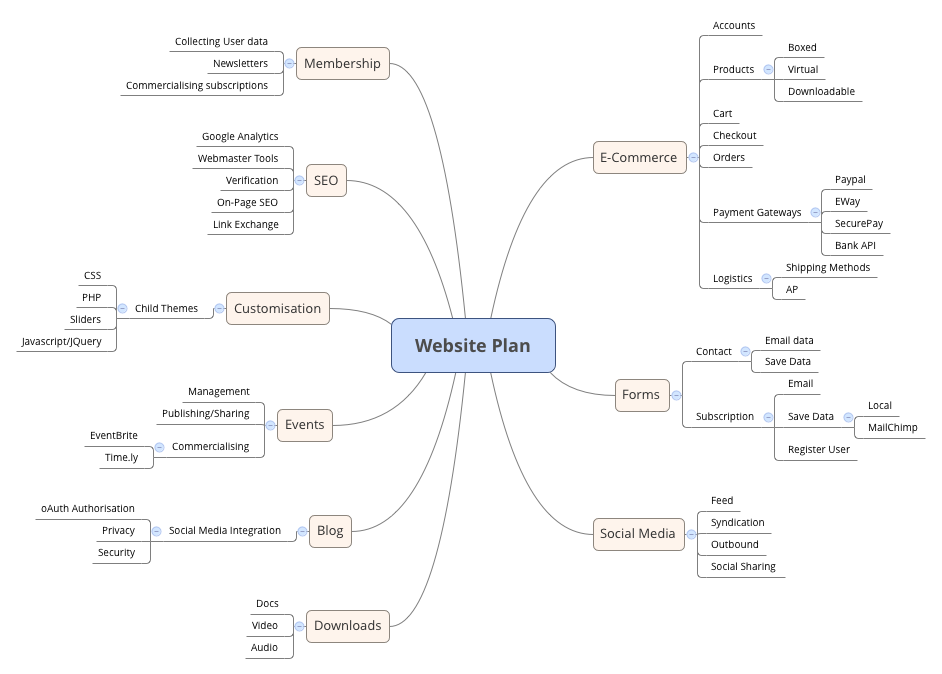Planning a website – a workflow-based approach
Here’s another in the WordPress Tips and Tricks series – this one’s about planning a website. It’s not a geek-level post, but more aimed at people who might not necessarily be web developers, IT professionals or nerdy geeks, but perhaps more like business owners or people who have been tasked with creating a website from scratch.
Before I start teaching a class on a particular topic, I always ask the same question of my students: “Where do you want to go?”. I usually follow up with statements that suggest that the journey is mostly irrelevant without a destination in mind (even if it is merely a journey of self-discovery, but philosophy is not the topic of this forum, perhaps search elsewhere).
The key issues to planning a website lie in understanding the purpose of the site. This is generally split into two parts:
- What’s in it for the owner of the website?
- What’s in it for the user of the site?
If you’re the website owner, then you’ll have a whole bunch of goals you want to attain with your website. For instance:
- Promoting and profiling your goods and services.
- Selling products and services (which is not exactly the same as the point above).
- Collecting information from customers so as to market to them in a targeted fashion.
- Engaging users or customers to be part of your community.
If you’re the end user of the website, your needs will be different:
- You’ll want to be able to find information easily and navigate the site without major effort.
- If you’re there to buy, you want that experience to be secure and hassle-free.
- You’ll want to part with your money with the confidence that you’ll get what you pay for and in a timely fashion.
- If the website is designed for a community purpose, you’ll want to be able to interact with others easily and with a sense of comfort about privacy and security.
These aren’t the only requirements for website owners and end users, but hopefully they indicate the kind of general ideas that would be part of planning a website that suits both parties.
So where to from here?
I’ve always been a great fan of mind-mapping as a way to identify all the elements that may impact on a project. Whether that’s planning a website, or planning my next dinner party. If you have all the facts at hand, you can make informed decisions and involve all the stakeholders in a way that engages and promotes buy-in or ownership.
Practically, this can take the form of a bunch of colour-coded post-it notes, or a whiteboard with connected concepts. Personally, I’ve found that using a good mind-mapping tool (software) works well for me. I’ve been using X-Mind for quite a while, and although this is not supposed to be a sales pitch for their product, I’ll leave you the link here so you can decide for yourselves. (There’s a free and pro version).



 | © 2014 John Ryan Design | All Rights Reserved | 100 percent Australian |
| © 2014 John Ryan Design | All Rights Reserved | 100 percent Australian |